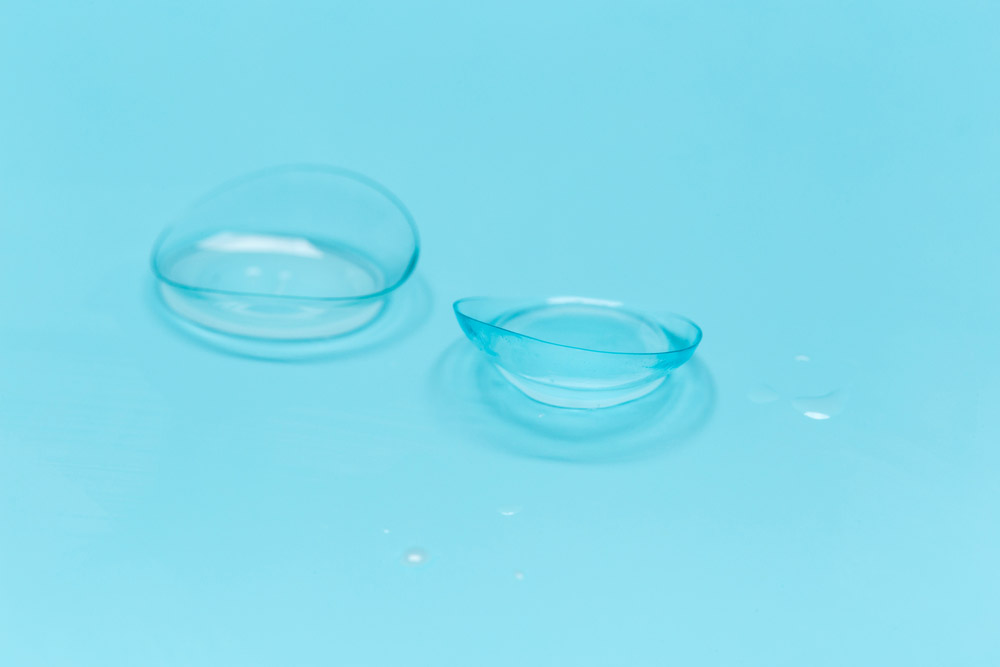Recent surveys show that 6 out of 7 contact wearers report at least one behavior that puts them at risk for eye infection, be it anything from sleeping with lenses in, swimming with contacts, or not replacing lenses enough.
This general disregard for eye health is cause for concern among medical professionals, in part because there are 30 million people in the US who wear contacts. Keratitis, a painful eye infection that is often tied to the improper use of contacts, leads to about a million doctor and hospital visits annually, according to the Centers for Disease Control (CDC). Some infections are so bad they can be blinding.
Consider the UK woman who lost sight in one eye after her contact lens became infected by a microorganism commonly found in tapwater, seawater and swimming pools. It took months to get the infection under control, by which time her vision was blurred from scarring. Multiple corneal transplants didn’t not resolve the issue, and now she has no vision in one eye.
Here are the top mistakes contact lens wearers make:
- They don’t wash their hands before handling the contacts.
- They wash their contacts in water.
- They sleep in their contacts.
- They don’t replace their contacts enough.
- They don’t properly rub, rinse and replace their contact lens case.
- They top off their contact lens solution instead of replacing it.
Of course, we can throw dozens of horror stories out there to scare people into taking contact lens hygiene seriously. One woman in Taiwan left her contacts in for six months, resulting in a devastating infection of amoebas, leaving her blind. An australian rugby player was blinded by an eye infection caused by cleaning his contacts with his mouth.
Drama aside, most people won’t go blind from a contact lens mistake. But red, painful eyes and infections are no fun, nonetheless. Research shows that 25 percent of all eye infections are caused by modifiable factors like sleeping in lenses or wearing lenses for longer than prescribed. Sleeping in any type of contact lens increases by 6 to 8 times the risk of getting a serious type of corneal infection called microbial keratitis.
Why Do Contact Lenses Lead to Infection?
One reason why infection can be prevalent among contact lens wearers is that contacts limit the supply of oxygen to the corneas. When the cornea’s oxygen supply is limited, it can swell and tiny cracks can form. This can give access to harmful microbes.
Sleeping in contact lens can dry out the eyes, making it hard to remove the lens. This increases the chances that you scrape the cornea trying to remove the lens. This can lead to a corneal ulcer, an open sore on the cornea, allowing bacteria to enter.




No Comment